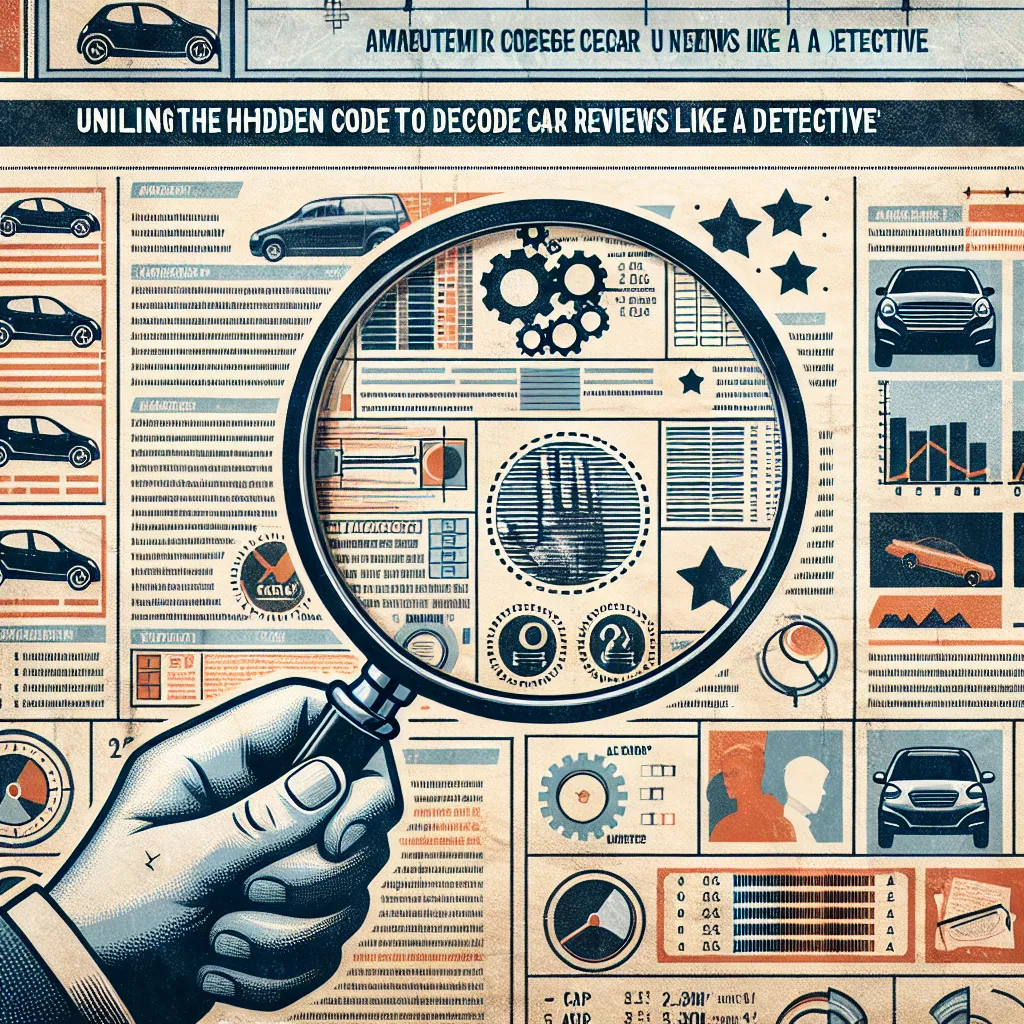Tip 1: Look Beyond the Star Ratings
While it's easy to get swayed by the star ratings, it's essential to read the text of the review. Sometimes, a car might have a four-star rating, but it might be weak in the areas that are important to you. For instance, if you value fuel efficiency over speed, a car with a lower overall rating might serve you better.
Tip 2: Understand the Reviewer's Perspective
Remember, every reviewer has a different experience, preference, and driving style. So, it's crucial to understand the reviewer's perspective. If a reviewer heavily weighs sporty handling and you prefer a smooth, comfortable ride, their top picks might not align with your preferences.
Tip 3: Dig into the Details
While it's easy to skim through the review, it's crucial to pay attention to the details. Look for aspects like the car's performance in different conditions, maintenance costs, and fuel efficiency. Also, consider the car's resale value as it can significantly impact your overall cost of ownership.
Tip 4: Diversify Your Sources
Don't rely on a single source for your reviews. Different publications have different testing methods and criteria. By diversifying your sources, you increase the chances of getting a balanced view of the car's pros and cons.
Tip 5: Validate with User Reviews
Finally, cross-check the expert reviews with user reviews. Real-world experiences from actual owners can provide insights that professional reviews might miss. Be sure to pay attention to long-term reviews as they can reveal reliability and maintenance issues that might not show up in a short-term test drive.
Conclusion
Decoding car reviews is an art that requires patience, understanding, and a bit of detective work. By using these five tips, you can uncover valuable insights and make a more informed decision when buying your next car. Remember, the best car for you is not necessarily the highest-rated one, but the one that best fits your unique needs and preferences. Happy car hunting!
